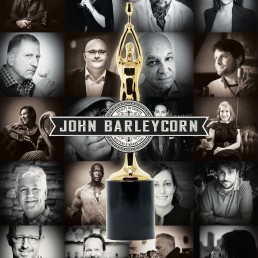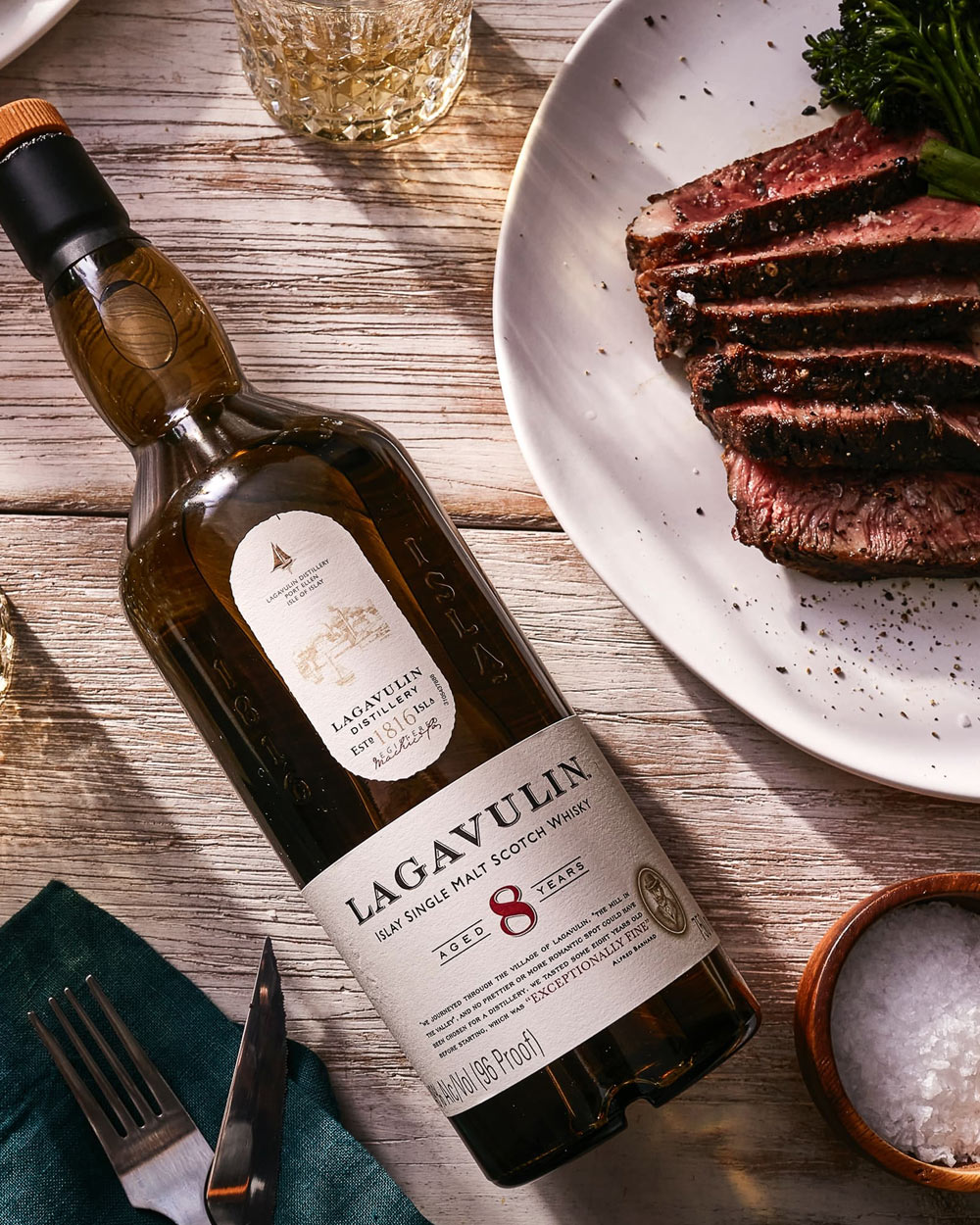Let the bottle hunt begin.
Four Roses is poised to release their Small Batch Bourbon as they always do in September, a highly anticipated limited run bottling of uncut, non-chill filtered whiskey blended by Master Distiller Brent Elliott. To create this year’s expression, Elliott chose stocks aged between 14-and-20 years from four of the distillery’s 10 recipes. These individual mashes are comprised of five yeast strains and two individual grain combos, a traditional recipe of 75 corn (OE), and a high, 35% rye recipe (OB).
The result is a about 15,000 bottles of gorgeous bourbon with deep, dark fruit flavors and tons of caramel and vanilla, wrapped in a thick, viscous mouthfeel. To break down what’s in the bottle, Brent Elliott walks us through each component of the whiskey and, of course, the final expression.
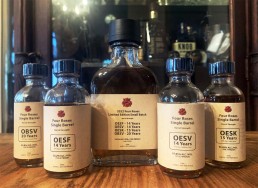
Bourbon One: OESF
Vitals: 110.4 ABV (55.2% ABV); Age:14 years; Recipe OE (75% Corn, 20% Rye, 5% Malted Barley); Yeast Strain F (Herbal Notes)
Elliott: This is a 14-year-old batch of barrels; it’s the low-rye mash bill with our herbal yeast. This yeast strain at this age melds well with the barrel notes like vanilla and caramel, but it also has a lot of that “F” yeast strain characteristic, which is minty and clove-like. This particular batch is what I wanted to build the entire blend around. It’s still refreshing at 14 years old and retains vibrant characteristics. In my mind, that was one extreme flavor that belonged in this blend. The other end of the spectrum is OBSV.
Bourbon Two: OBSV
Vitals: 107.6 Proof (53.8% ABV); Age: 20 Years; Recipe OB (60% corn 35% rye, 5% malted); Yeast Strain V (Delicate fruit)
Here is a 20-year-old bourbon made from a high rye mash bill with the V yeast, which creates delicate fruity flavors like apricot and green apple. This is also the recipe used for our standard single barrel. It’s a nice balance between the rye spice and delicate fruit from the yeast. Once you go out about 20 years, all bets are off. The barrel at this age often has more to do with the final character than the original recipes. While this is oak forward, it retains a lot of rye and fruit. This and the OSEF are the bookends for this bourbon. In the center, we have OESK.
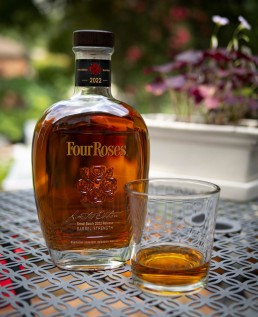
Bourbon Three: OESK
Vitals: 106.1 Proof (53.05% ABV) Aged 15 years, Recipe OE (75% Corn, 20% Rye, 5% Malted Barley); Yeast Strain K (Baking Spice)
The K strain is a spicy yeast, so it’s all about balance with this one. You want a little spice, a bit of sweetness, and hints of oak, so it’s all about having those elements while creating something interesting. This whisky falls between the other two, but it’s still unique. While the bourbon has more spice and oak, it still has a nice sweetness with fruity characteristics mixed in with vanilla, caramel, and all the typical things you will see in a bourbon aged 15 years. So this is part of the center mass or body of this bourbon. The other central bourbon is the OESV, another whiskey with a low rye mash bill.
Bourbon Four: OESV
Vitals: 107.6 Proof (53.8% ABV); Age: 14 Years; Recipe OE (75% Corn, 20% Rye, 5% Malted Barley); Yeast Strain V (Delicate fruit)
This batch is not quite as vibrant and refreshing to me in its characteristics as the OESF batch, but it’s still bright and lively for its age. But there is no question that you are tasting bourbon with a little age on it. That is a quick overview of what went into this year’s limited edition, so now we can look at what happened when these components came together.
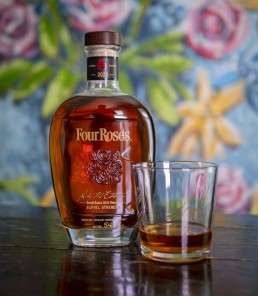
Four Roses Limited Edition Small Batch
Vitals: 109 Proof (54.5% ABV), Recipes: OESF, OBSV, OESK, OESV; $180
For this bourbon I try to do something special every year, such as marrying two mashbills that typically don’t come together or showcase particular recipes. There are infinite possibilities of combinations, so it’s all about where to start. For 2022 I knew I wanted to use that 20-year-old, and I was pretty sure I wanted to use that OESF batch because it was so bright and different. I wanted to see how I could merge these two together. It has notes of all the individual batches but also has a unique fruit that you don’t find in nature. But it’s definitively a fruit flavor. It is balanced, rich, and refreshing at the same time with layers of complexity. I think that complexity is a mark of quality bourbon.
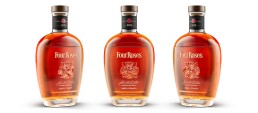
Spirits writers, marketers and designers are among the most influential forces in the spirits industry. Their opinions, ideas and creative talents inform and influence consumer perceptions and buying decisions. The John Barleycorn Society was started by a group of spirits journalists seeking to honor excellence in all facets of the industry. The journalists spent several years creating a comprehensive competition that became the John Barleycorn Awards. An elite team of authoritative and influential spirits journalists was selected to administer the flagship component of the Awards, a blind tasting competition destined to become the preeminent arbitrator of spirits taste, quality and character.
